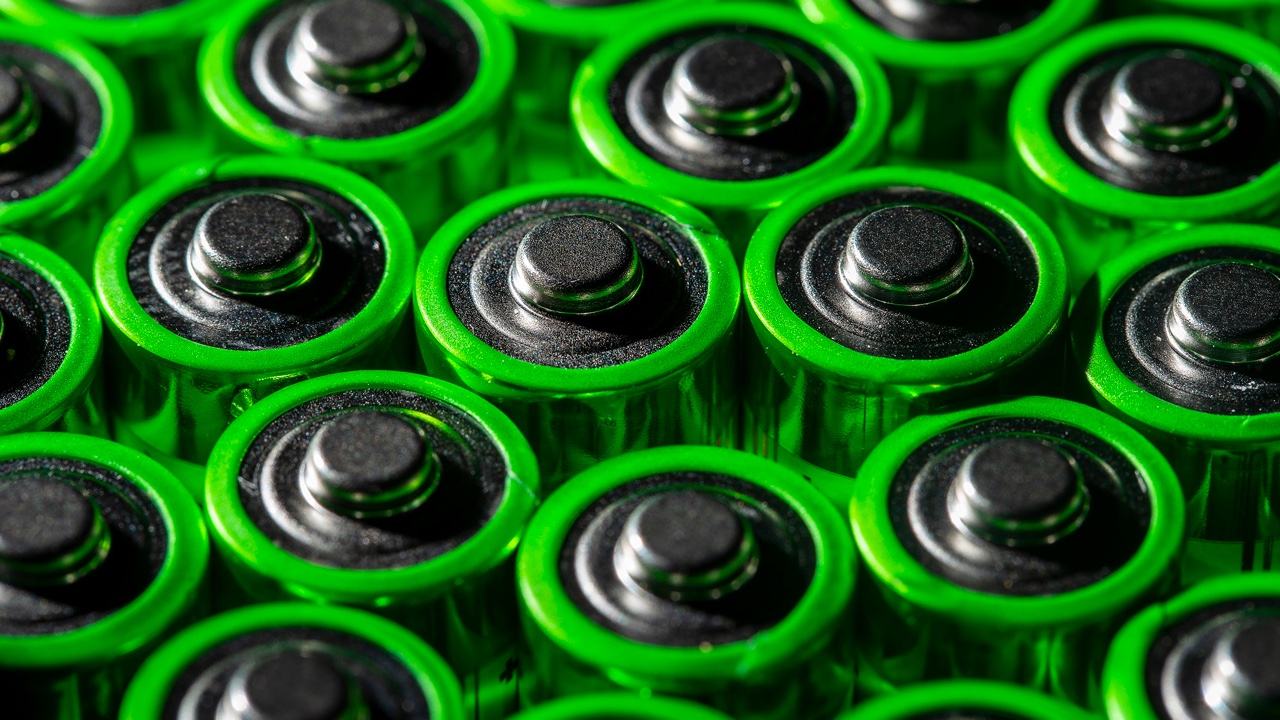
A New Spin on Batteries: How Proton Storage Could Change the Game
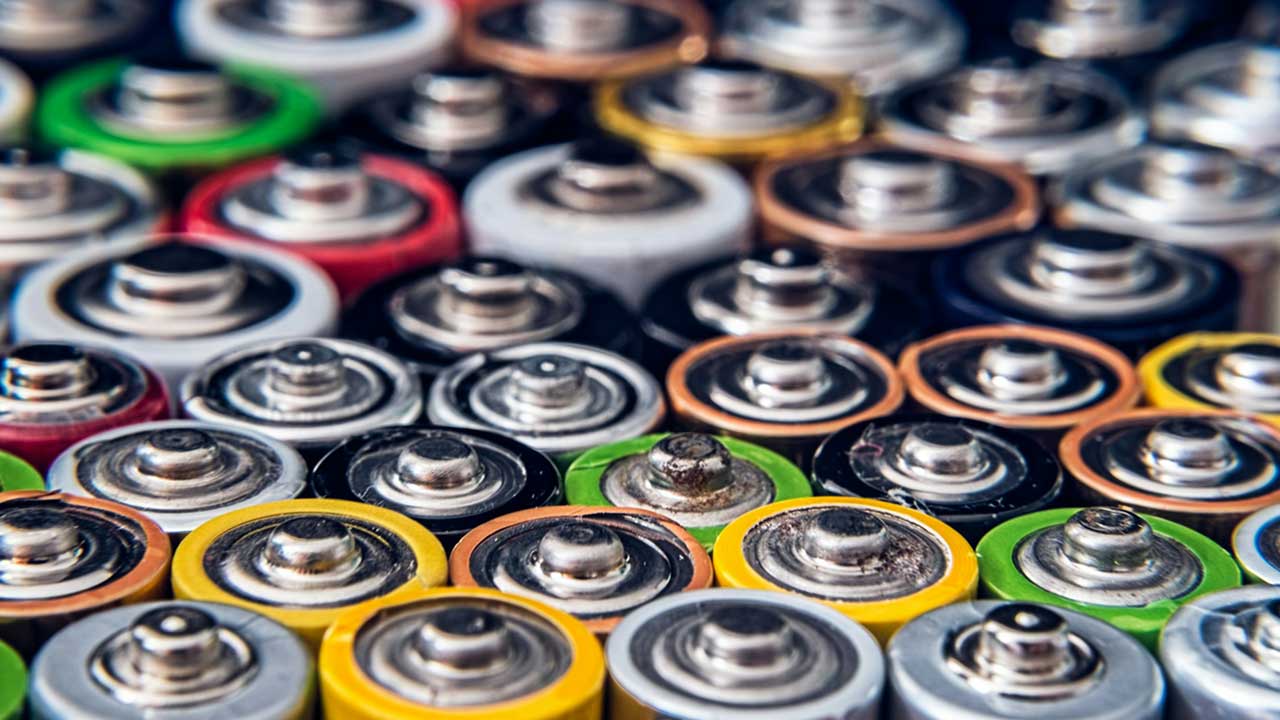
If you’ve been keeping an eye on energy storage breakthroughs, there’s some exciting news out of UNSW Sydney. Researchers there have built a battery that uses protons instead of lithium, and it might just shift how we think about storing energy for everything from your phone to grid-scale systems. (Source: UNSW Newsroom)
What Makes Proton Batteries So Special?
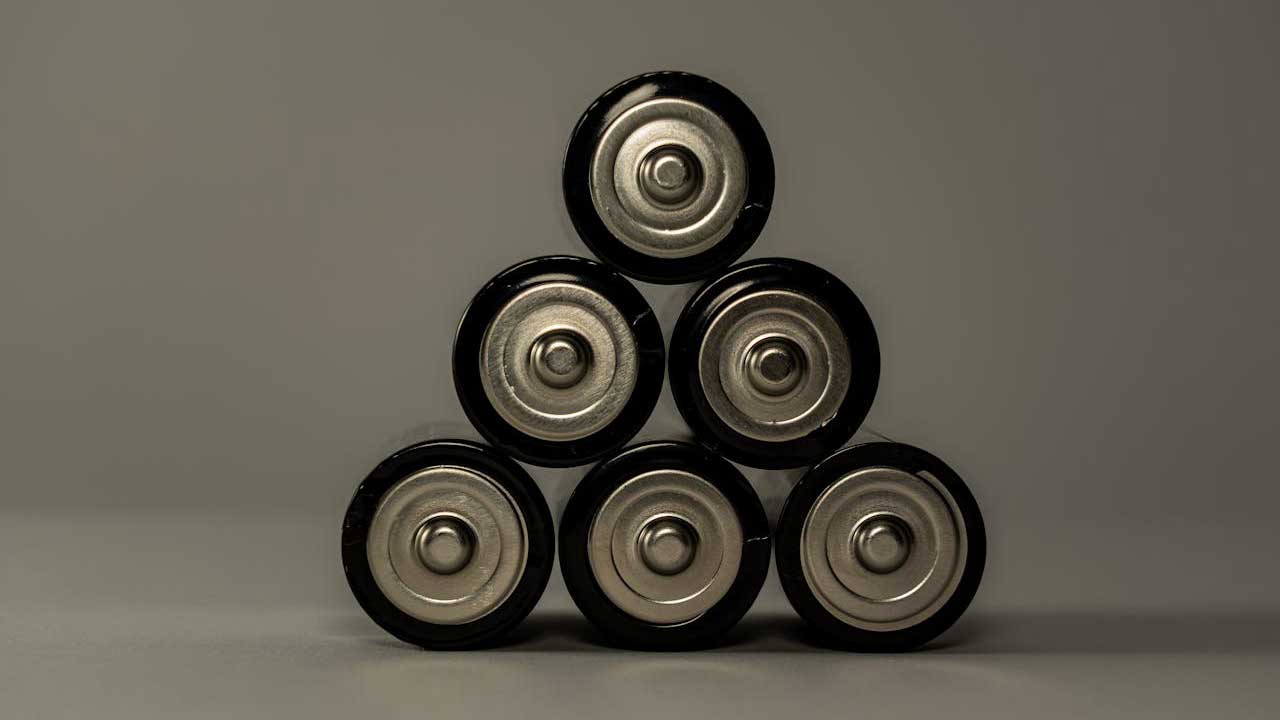
The magic behind this innovation is an organic material called tetraamino-benzoquinone (TABQ). This material helps protons zip around quickly, allowing for efficient energy storage. Professor Chuan Zhao and his team at UNSW explained that their new battery design can charge fast, hold up for thousands of cycles, and still work in freezing temperatures. (Source: ANSTO)
How does it stack up in real-world terms? The prototype battery has lasted through 3,500 full charge-and-drain cycles and maintained strong performance even in the cold. These are impressive stats, especially when you consider how standard batteries tend to struggle in low temperatures. (Source: Interesting Engineering)
Why Move Away From Lithium?
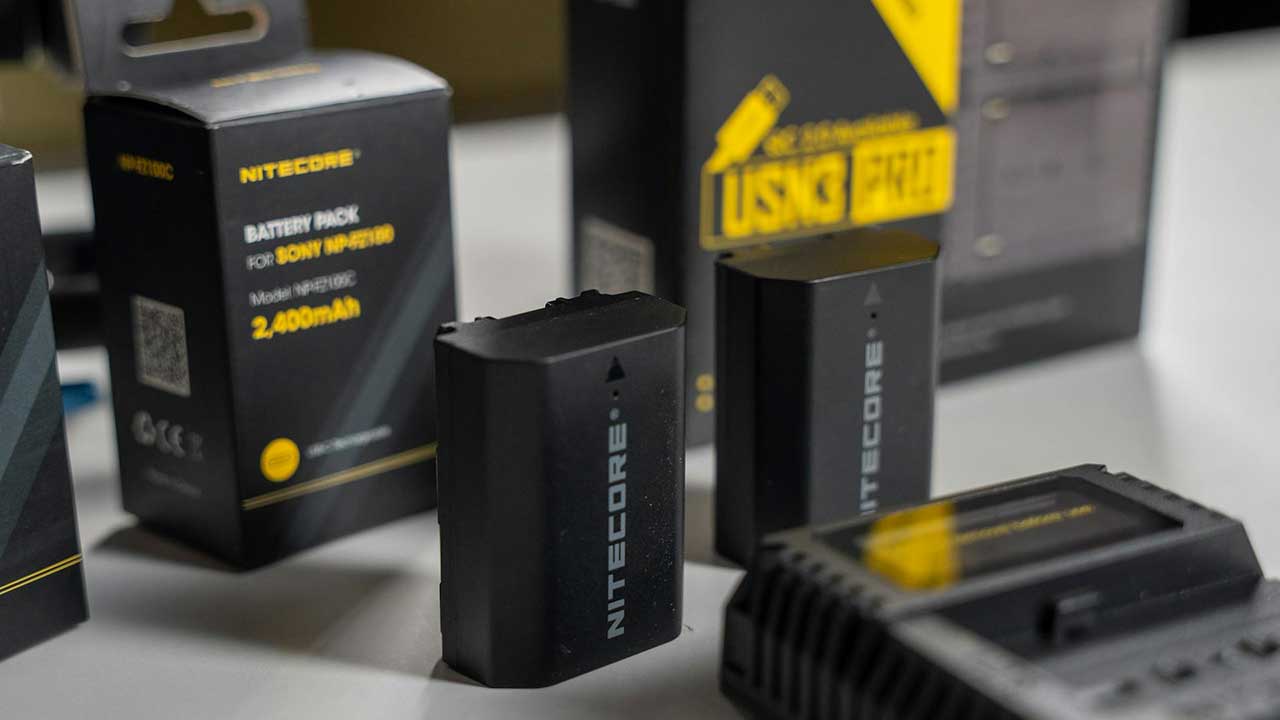
Right now, lithium-ion batteries are everywhere—from smartphones to electric cars. They work by shuffling lithium ions back and forth between the anode and cathode. But lithium has some big drawbacks. For one, it’s not evenly distributed around the globe, making it hard for some countries to get access to affordable supplies. Plus, mining and processing lithium can take a toll on the environment. (Source: Earth.Org)
PhD candidate Sicheng Wu from UNSW points out that lithium batteries also face challenges when it comes to fast charging, safety concerns, and operating efficiently in the cold. Enter protons: they’re abundant, environmentally friendly, and incredibly nimble due to their tiny size and mass. Proton batteries also use non-flammable electrolytes, which makes them safer overall. (Source: PV Magazine Australia)
The Science Behind Proton Batteries

Here’s a quick breakdown of how the UNSW proton battery works. TABQ serves as the anode material, and it’s particularly good at holding onto protons. It’s also got a lower redox potential range than other organic materials, which helps boost the battery’s capacity and lifespan. The result? A battery that performs well over thousands of cycles, stores a lot of energy, and doesn’t quit when the temperature drops. (Source: ANSTO)
During testing, the prototype showcased all these strengths. It’s no surprise that researchers are optimistic about its potential for big applications like storing energy from renewable sources or powering electric vehicles. (Source: Interesting Engineering)
Grid-Scale Potential and Beyond

Grid-scale storage is one of the key challenges in renewable energy. Solar and wind power are fantastic, but they don’t generate electricity 24/7. A reliable way to store excess energy during peak production and release it later is crucial. This is where proton batteries could shine, thanks to their efficiency and long lifespan. (Source: PV Magazine Australia)
But the possibilities don’t stop there. The research team is already looking into how these organic materials could play a role in hydrogen storage. Hydrogen is seen as a clean energy superstar, but storing and transporting it safely has been tricky. By developing materials that can efficiently store protons, it could open new doors for the hydrogen industry, making it easier and safer to move this clean energy source where it’s needed. (Source: PV Magazine Australia)
What’s Next for Proton Batteries?
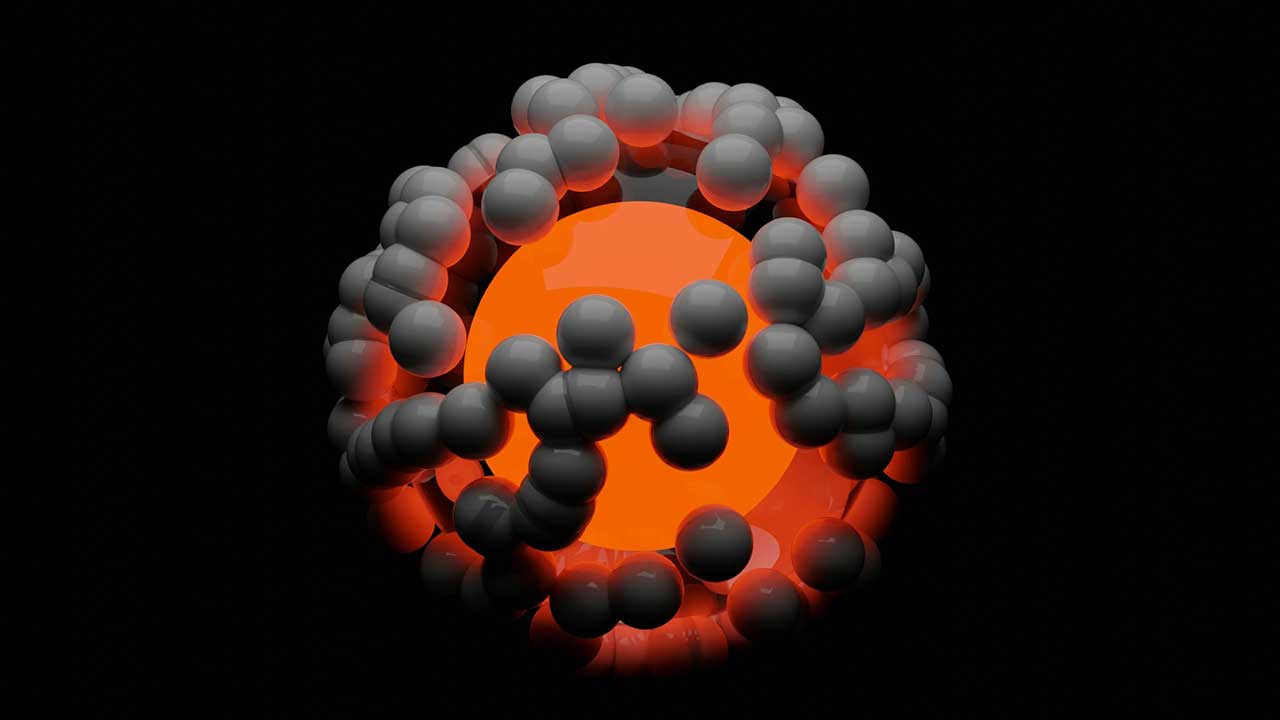
The UNSW team isn’t stopping with this prototype. They’re working on refining the technology to increase the battery’s output voltage and improve its overall performance. If they can boost the energy density even further, proton batteries could become a go-to solution for everything from personal electronics to large-scale energy systems. (Source: UNSW Newsroom)
This research is an exciting step toward a more sustainable future. With further development, proton batteries could tackle some of the biggest challenges in energy storage, offering a safer, more efficient alternative to lithium-ion technology. Who knows—the next battery powering your gadgets might just run on protons.